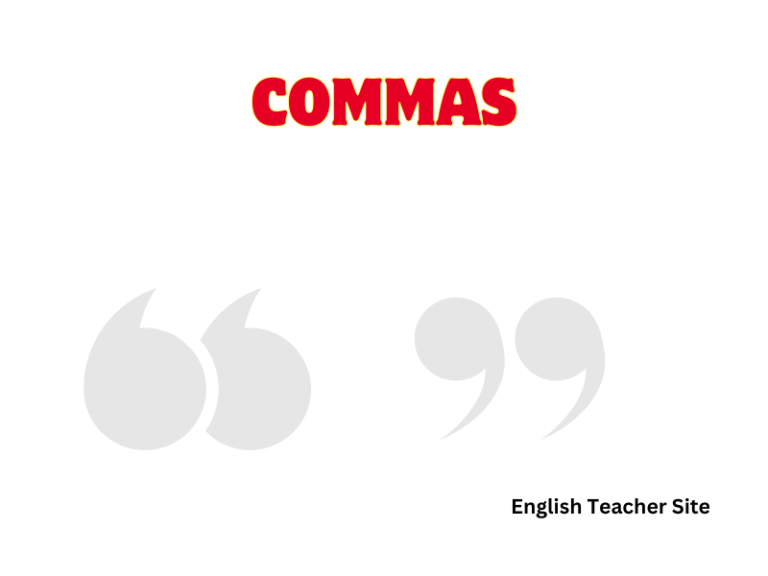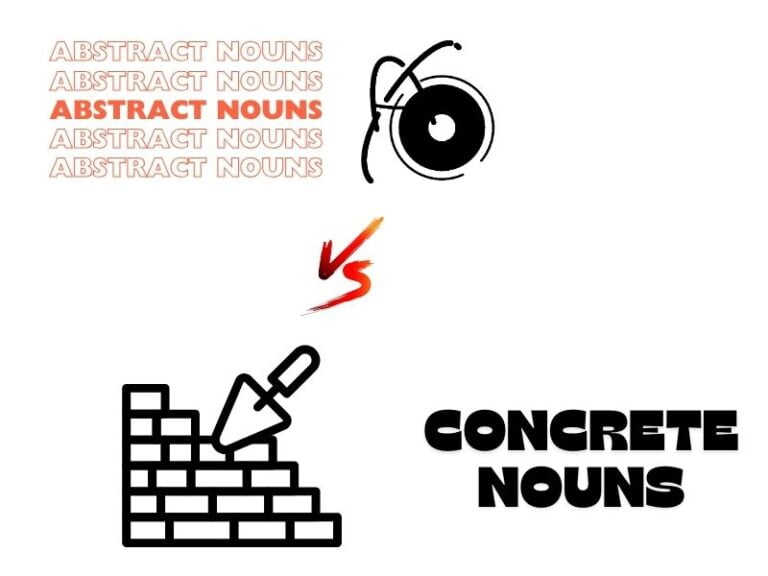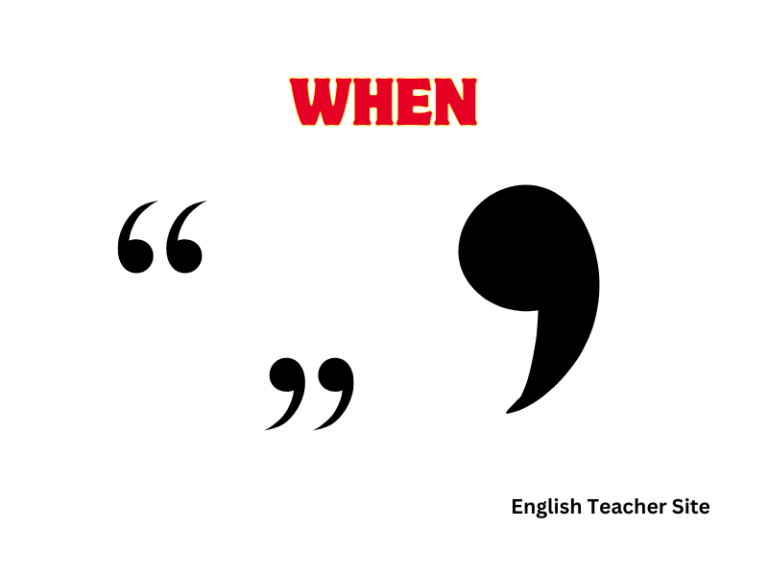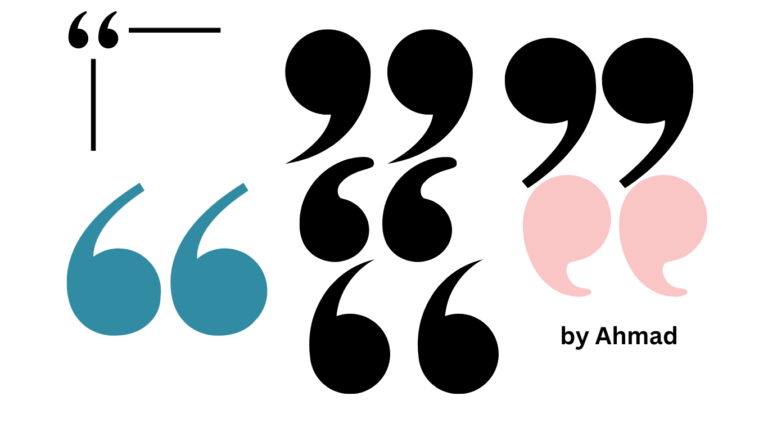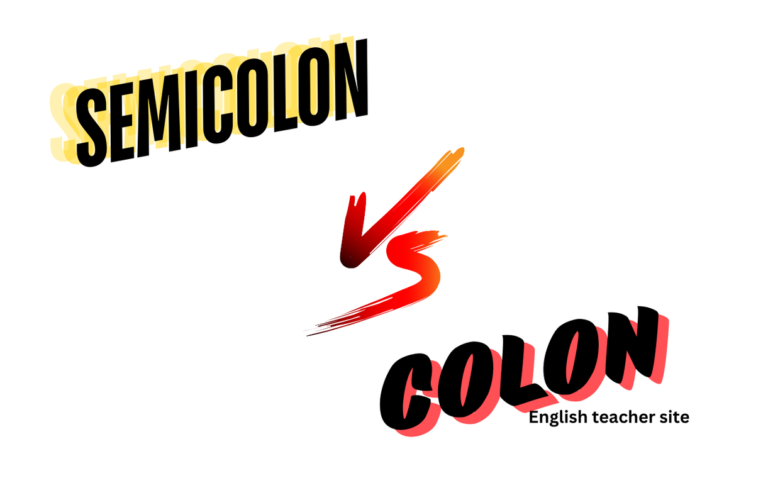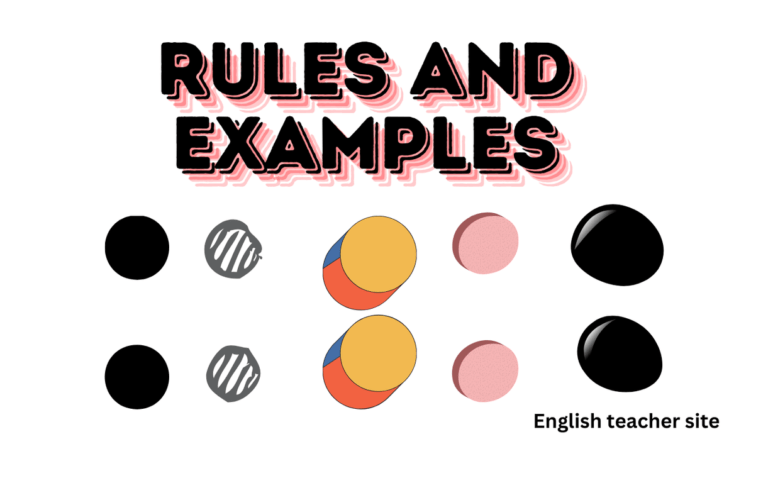When to Use a Comma Before ‘And’: Understanding Punctuation Rules
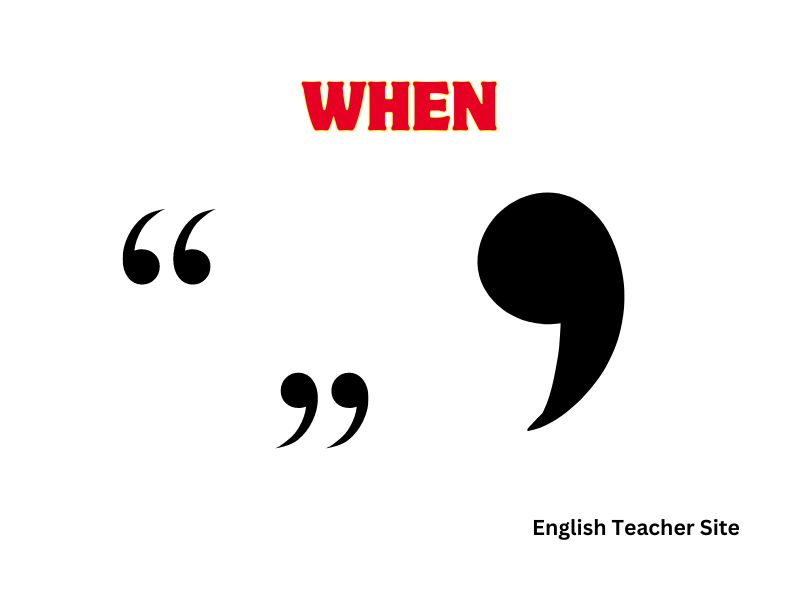
- Use a comma before “and” when it joins two independent clauses.
- The Oxford comma is optional before “and” in a list but often used for clarity.
- Commas are usually not needed before “and” when joining verbs, adjectives, or other related parts within a single clause.
The comma, one of the most common punctuation marks, often brings confusion, particularly when paired with conjunctions like “and.” The rules governing comma placement before “and” are not arbitrary; they serve to clarify meaning and improve readability. When “and” is used to join two independent clauses—complete thoughts that could stand alone as separate sentences—a comma should precede it. This usage prevents run-on sentences and signifies a pause that separates related but distinct ideas.
Deciding When to Use a Comma Before ‘and’
Independent Clauses:
When ‘and’ is used to join two independent clauses—clauses that could stand as sentences on their own—a comma is usually required before ‘and.’ This helps to clarify the separation of the clauses and enhance readability.
- I finished my report, and I submitted it to my supervisor.
Series:
In a series of three or more items, a comma before ‘and’ (the serial comma or Oxford comma) is often used, especially in formal writing.
- She enjoys reading, writing, and painting.
Compound Elements:
However, when ‘and’ is joining two elements that are not independent clauses, a comma is typically not necessary.
- She bought apples and oranges.
Contrasting Elements:
A comma may also be used before ‘and’ when it introduces a contrasting element in the sentence.
- He was eager to continue, and yet, he felt exhausted.
Table of Use Cases:
| Use Case | Example |
|---|---|
| Independent clauses | She left early, and he stayed behind. |
| Series | We need pens, paper, and notebooks. |
| Compound elements (no comma) | They jumped and shouted in excitement. |
| Contrasting element or parenthetical | It was raining, and nevertheless, we went out. |
To understand the nuances of when a comma is necessary, compact examples highlight the scenarios:
- Comma with independent clauses: They called us, and we arrived promptly.
- Comma with series or lists: We packed sandwiches, fruits, and snacks for the trip.
- No comma with compound predicates: She opened the door and greeted the guests.
- Comma with contrast or interruption: He’s a skilled carpenter, and yet he struggles with basic design.
Table of No Comma Required:
| Scenario | Example |
|---|---|
| Compound predicates | He washed the dishes and cleaned up. |
| Single subject with two verbs | She ran and jumped in the competition. |
| Directly linked items | I’ll have the soup and salad, please. |
- With Independent Clauses: Insert a comma before ‘and’ if it joins two independent clauses.
- Listing Items: Use a comma before ‘and’ in a list of three or more items.
- No Comma: If ‘and’ combines two words, phrases, or clauses that are closely related and do not each stand alone, omit the comma.
Commas Before Conjunctions: A Quick Guide
Here’s a straightforward breakdown to guide you through this aspect of punctuation.
Independent Clauses
When a conjunction such as “and” joins two independent clauses, which are clauses that could stand alone as separate sentences, a comma is usually required before the conjunction.
Example:
- Without comma: She went to the market she bought apples.
- With comma: She went to the market, and she bought apples.
Coordinating Conjunctions
Use the acronym FANBOYS (for, and, nor, but, or, yet, so) to identify coordinating conjunctions. Here’s a simple table to when to use a comma before “and”:
| With Comma | Without Comma |
|---|---|
| When preceding a coordinating conjunction in a compound sentence. | When connecting items in a list or simple phrases. |
Comma Required:
- I wanted to go to the beach, and my brother wanted to go to the park.
No Comma Needed:
- We bought apples, oranges and bananas.
Exceptions
Sometimes, even with independent clauses, you might omit the comma where the clauses are closely connected and short.
No Comma:
- She ran and she fell.
Placement of Commas in Compound Sentences
A compound sentence consists of two or more independent clauses that could stand alone as sentences. The clauses are joined by coordinating conjunctions such as and, but, or, nor, for, so, and yet.
Comma Before “And”
Use a comma before “and” when it connects two independent clauses. For example:
- She baked the cake, and he decorated it.
No Comma Before “And”
Omit a comma before “and” when it links items in a simple list or connects two phrases or dependent clauses. For instance:
- We bought apples, oranges and bananas.
When to Use a Comma
Two Independent Clauses:
- Add a comma before “and” if both parts can stand alone.
- Example: He’ll finish the report, and she’ll present it.
Dependent Clauses or Phrases:
- No comma is needed if the clauses are not independent.
- Example: He’ll finish the report and then leave.
Exceptions
In creative writing, a comma may be used before “and” in a simple list for stylistic reasons, known as the Oxford comma.
Sentence Structure Table
| Structure | Example | Comma |
|---|---|---|
| Independent Clause + and + Independent Clause | Jill went shopping, and Jack fixed the car. | Yes |
| Dependent Clause + and + Dependent Clause | After lunch and before dinner | No |
List Table
| Item 1 | Item 2 | Item 3 | And/Or | Final Item | Comma |
|---|---|---|---|---|---|
| Bread | Milk | Eggs | and | Cheese | No |
| Bread | Milk | Eggs | and | Cheese | Yes (Oxford) |
Comma Usage in Lists: Do You Need One Before “and”?
This punctuation mark, known as the Oxford comma or serial comma, can clarify the separation of items in a list, avoiding potential ambiguity.
Here are general guidelines:
- Without Oxford Comma: Apples, oranges and bananas.
- With Oxford Comma: Apples, oranges, and bananas.
Key Considerations:
- Clarity: If omitting the comma could lead to misinterpretation, include it.
- Consistency: Maintain the same style throughout your document.
- Style Guides: Follow specific rules set by the style guide in use, whether it’s APA, MLA, Chicago, etc.
Style Guide Preferences:
| Style Guide | Oxford Comma |
|---|---|
| APA | Required |
| MLA | Recommended |
| Chicago | Recommended |
| AP | Not Used |
Usage Scenarios:
- When items in a list are single words or short phrases, the comma before “and” is optional but often recommended for clarity.
- When elements of a list are complex or contain internal punctuation, using a comma before “and” is crucial for readability.
Examples of Sentences Utilizing a Comma Before ‘and’
Independent Clauses:
When ‘and’ connects two independent clauses—sentences that could stand alone—a comma should be used. This signals a pause and conveys that each clause has its own subject and verb.
- Example: She completed her report, and she submitted it before the deadline.
Series or Lists:
In a list of three or more items, the comma before ‘and’ (known as the Oxford comma) is used to differentiate the list items clearly.
- Example: For the picnic, they packed sandwiches, chips, and juice.
Contrast:
Sometimes a comma is used to highlight a contrast between two statements.
- Example: The team scored a touchdown, and yet they still lost the game.
Here are two tables illustrating proper comma usage before ‘and’:
Table 1: Independent Clauses
| Without Comma | With Comma |
|---|---|
| She talks quietly he listens attentively | She talks quietly, and he listens attentively |
| He loves reading it stimulates his imagination | He loves reading, and it stimulates his imagination |
Table 2: Series or Lists
| Without Oxford Comma | With Oxford Comma |
|---|---|
| The flag is red, white and blue | The flag is red, white, and blue |
| Her favorite hobbies are hiking, baking and painting | Her favorite hobbies are hiking, baking, and painting |
My name is Khamis Maiouf. I am the creator of the English Teacher Site, dedicated to providing valuable resources and insights for students around the world. With a passion for education and a commitment to helping students enhance their skills, I aim to make English teaching more effective and enjoyable for both educators and students.

